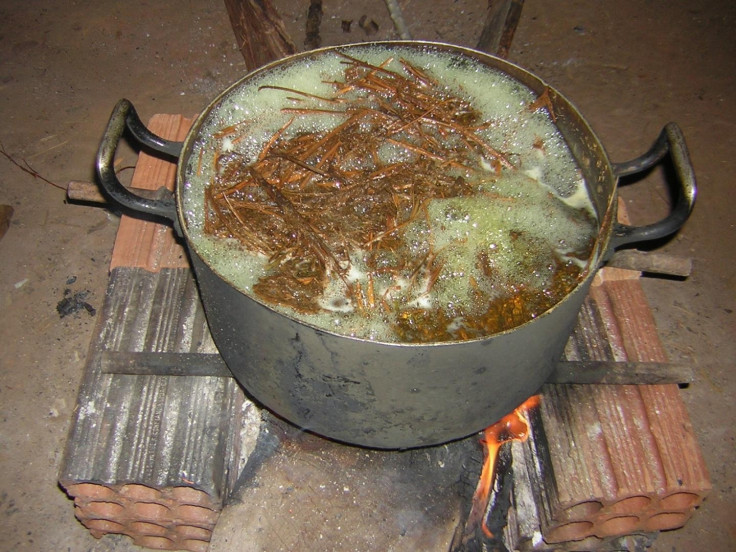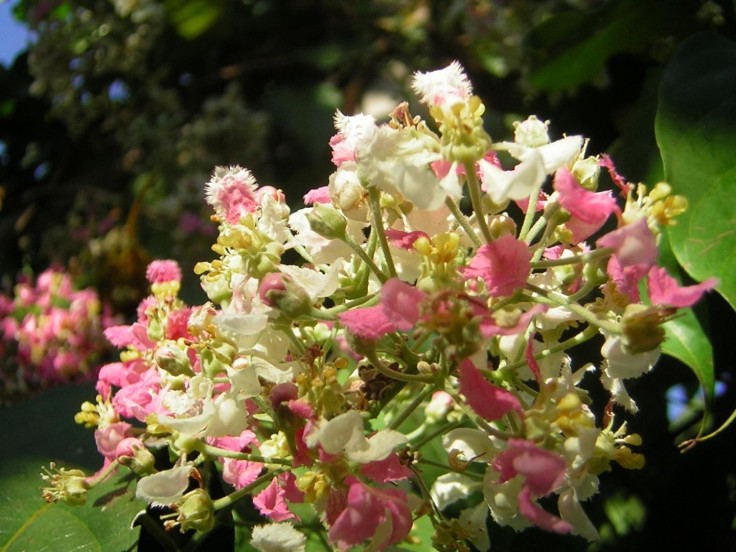Psychedelic Amazonian brew ayahuasca could help treat addictions
The research lends support to the notion that the brew could be an important and powerful tool.

A powerful psychedelic brew – known as ayahuasca – that is traditionally used by Amazonian indigenous groups may improve people's general sense of well-being and could even be helpful in treating addiction disorders and depression, according to a new study.
The latest findings add to an increasing body of research that suggests ayahuasca, as well as other psychedelics like LSD and magic mushrooms, could potentially be beneficial in treating a variety of mental health problems.
Researchers from University College London and the University of Exeter examined data from 96,000 people worldwide who took part in the Global Drug Survey. It measured well-being using the Personal Well-being Index, which asks about things such as personal relationships, connection with the community and a sense of achievement.
In total, the survey included 527 ayahuasca users, 18,138 people who used LSD or magic mushrooms and 78,236 who did not take psychedelic drugs.
The researchers found that ayahuasca users self-reported higher general well-being than other participants in the survey. Furthermore, they also reported lower problematic alcohol use than those who took LSD or mushrooms.
"These findings lend some support to the notion that ayahuasca could be an important and powerful tool in treating depression and alcohol use disorders," said Will Lawn, lead author of the study from University College London.
"Recent research has demonstrated ayahuasca's potential as a psychiatric medicine, and our current study provides further evidence that it may be a safe and promising treatment. It is important to note that these data are purely observational and do not demonstrate causality."
"Moreover, ayahuasca users in this survey still had an average drinking level, which would be considered hazardous. Therefore, randomised controlled trials must be carried out to fully examine ayahuasca's ability to help treat mood and addiction disorders.
"However, this study is notable because it is, to the best of our knowledge, the largest survey of ayahuasca users completed to date."
The ayahuasca brew is made using a mixture of the Amazonian vine Banisteriopsis Caapi, and other plants – usually the Psychotria Viridis bush – that contain the powerful hallucinogenic molecule dimethyltryptamine (DMT).

It is traditionally used by indigenous groups in the Amazon for healing purposes and to contact the spirit world in ceremonies that usually last hours, although increasing numbers of tourists are also seeking out the experience.
Participants usually drink a small amount of the foul-tasting brew, after which they may experience hallucinations, altered states of consciousness, visions, intense emotions, and so-called purging – which can involve vomiting, diarrhoea, crying, yawning, sweating and shaking.
Because ayahuasca contains DMT it is illegal in almost every country in the world, apart from Peru, where it may only be used in spiritual ceremonies.
"If ayahuasca is to represent an important treatment, it is critical that its short- and long-term effects are investigated and safety established," said Celia Morgan, a senior author of the study from the University of Exeter.
"Several observational studies have examined the long-term effects of regular ayahuasca use in the religious context. In this work, long-term ayahuasca use has not been found to impact on cognitive ability, produce addiction or worsen mental health problems.
"In fact, some of these observational studies suggest that ayahuasca use is associated with less problematic alcohol and drug use, and better mental health and cognitive functioning."
However, data from the survey also showed a higher incidence of lifetime mental illness diagnoses in ayahuasca users from countries without a tradition of ayahuasca use.
The researchers said future studies should focus on ayahuasca use, well-being and problematic alcohol and substance abuse among this group of people.





















